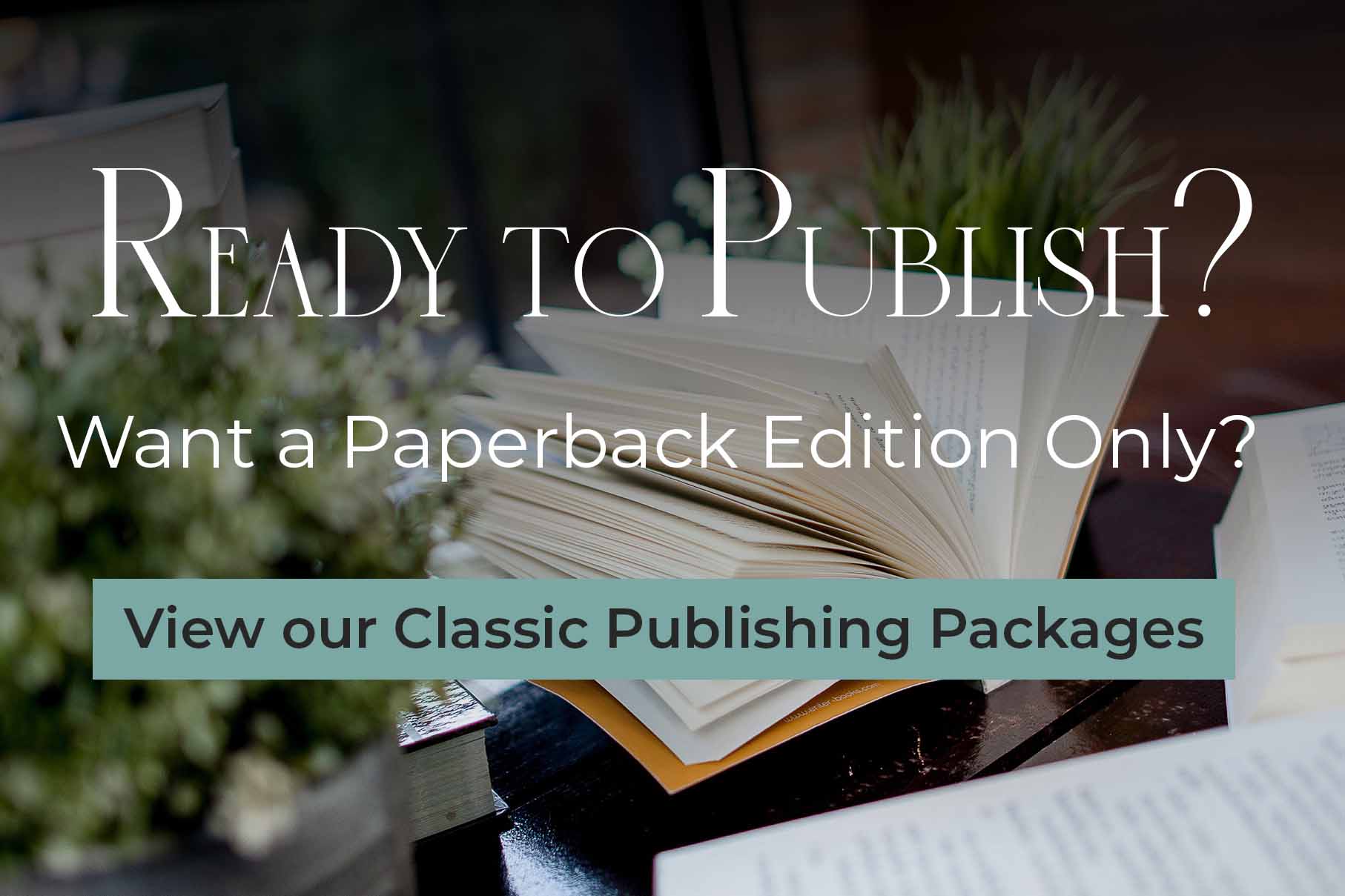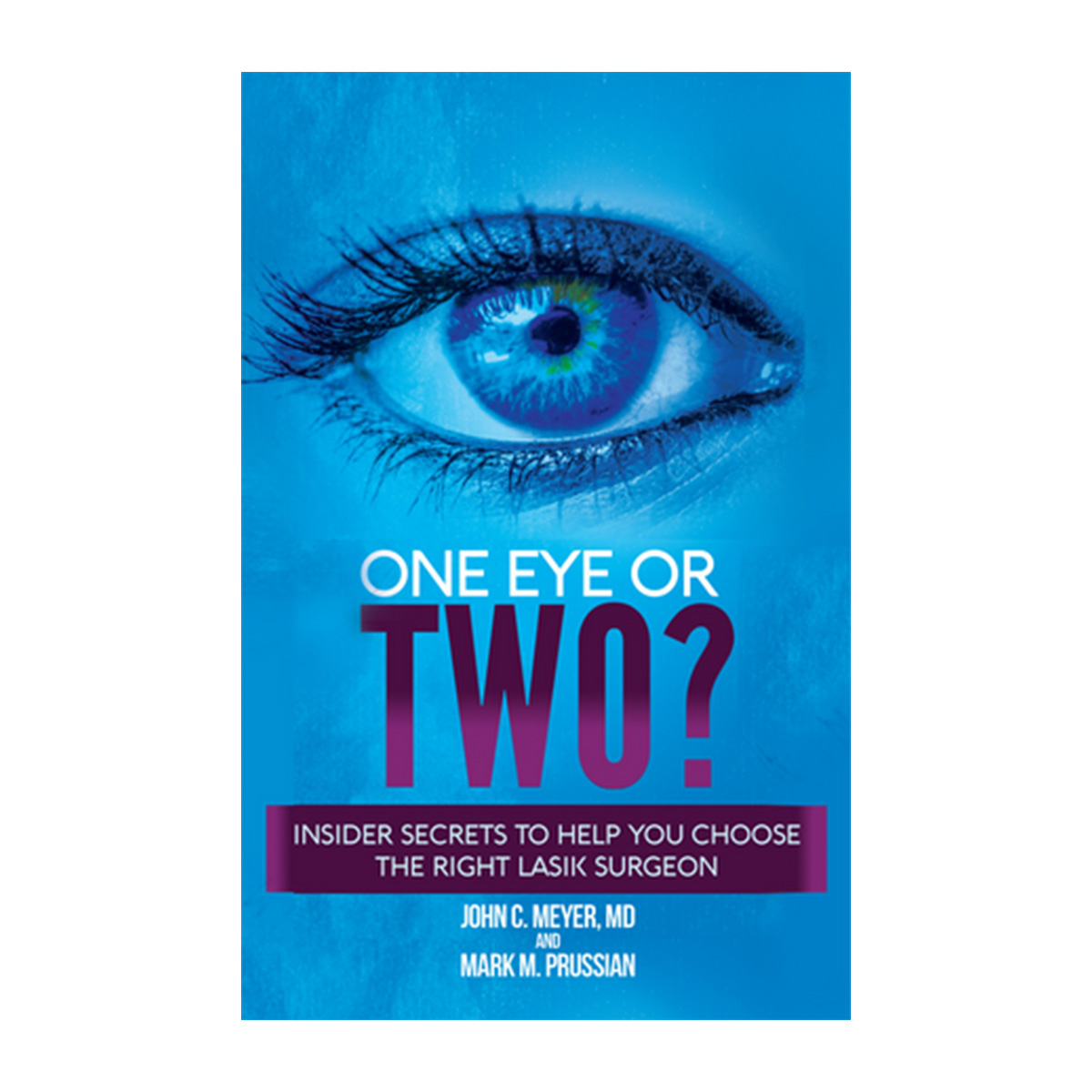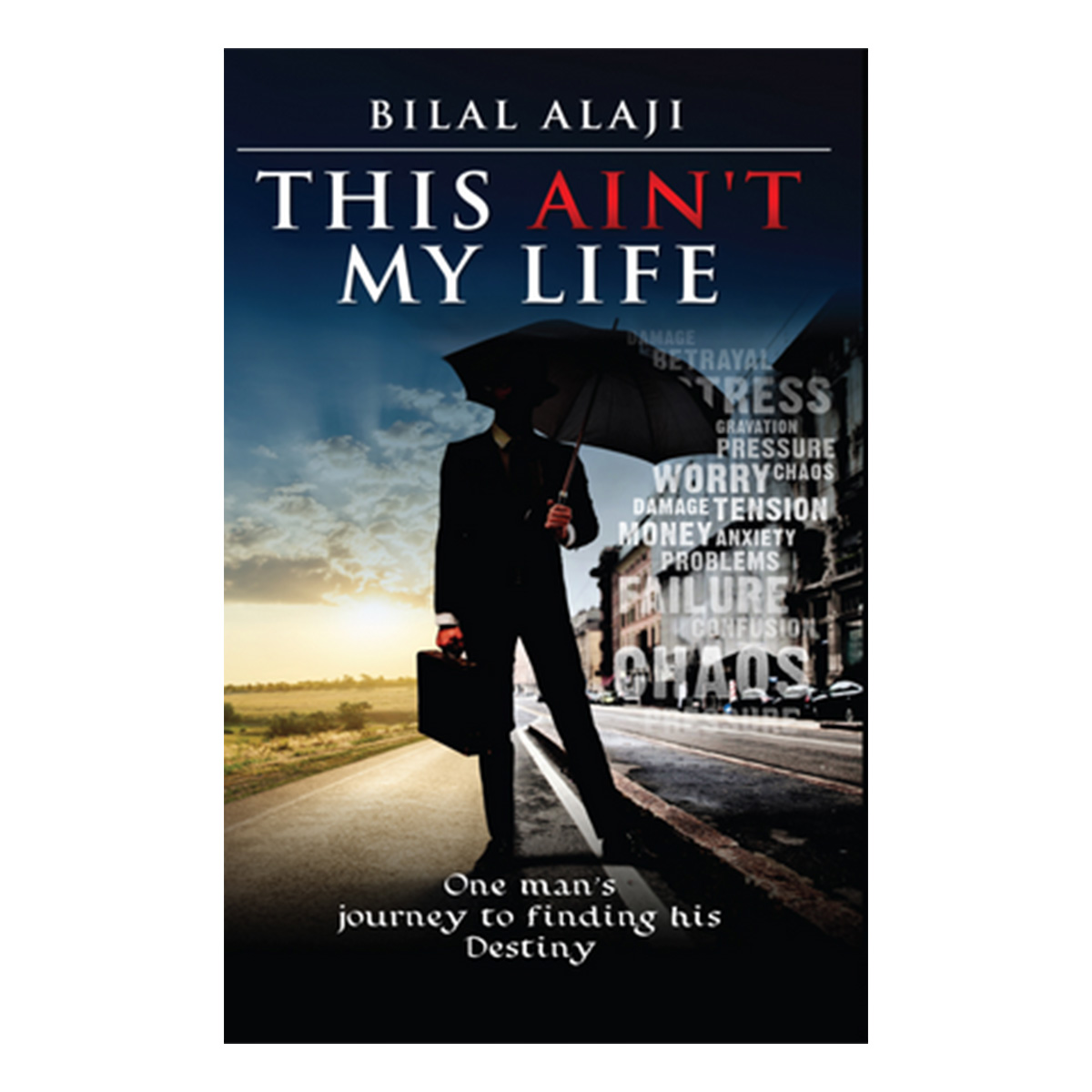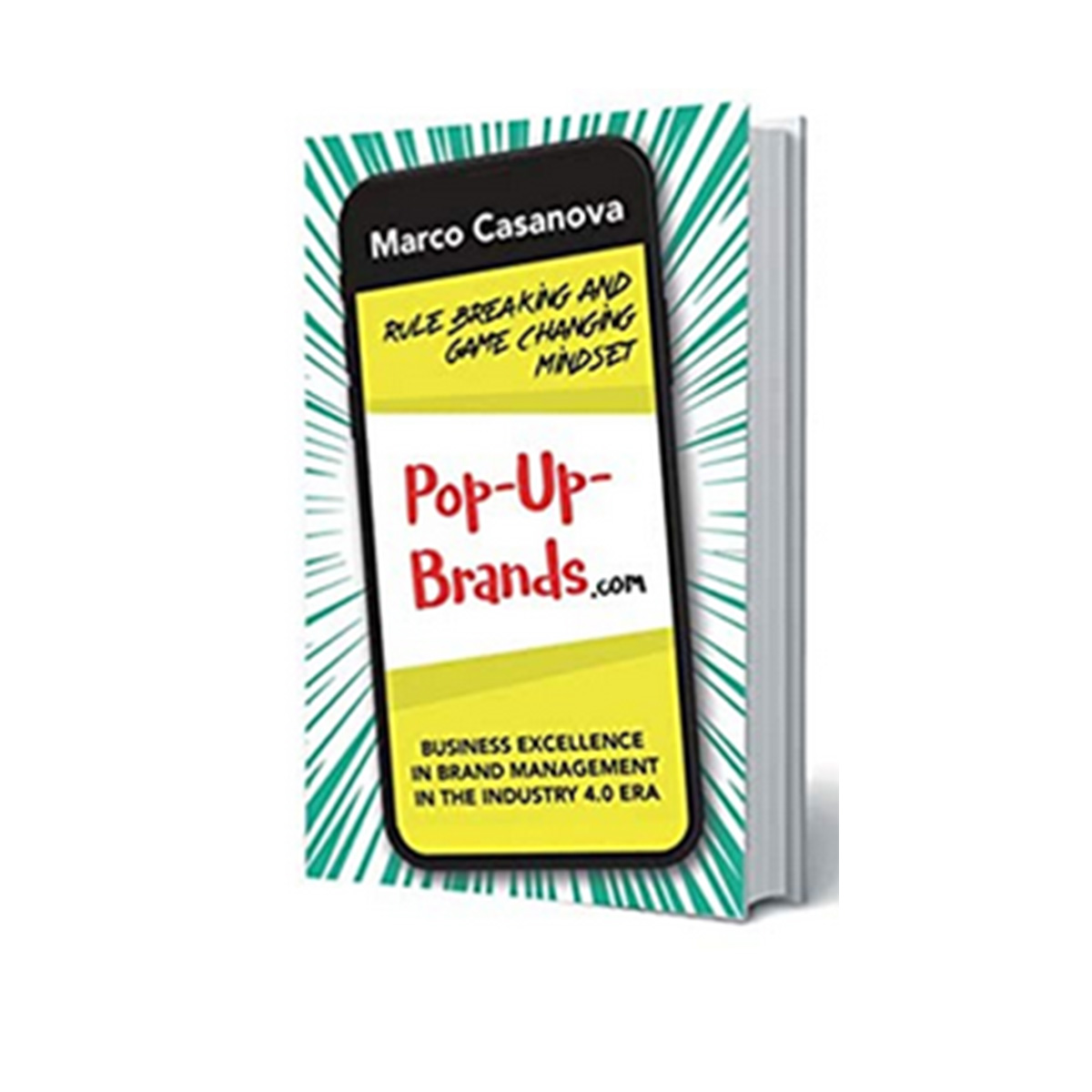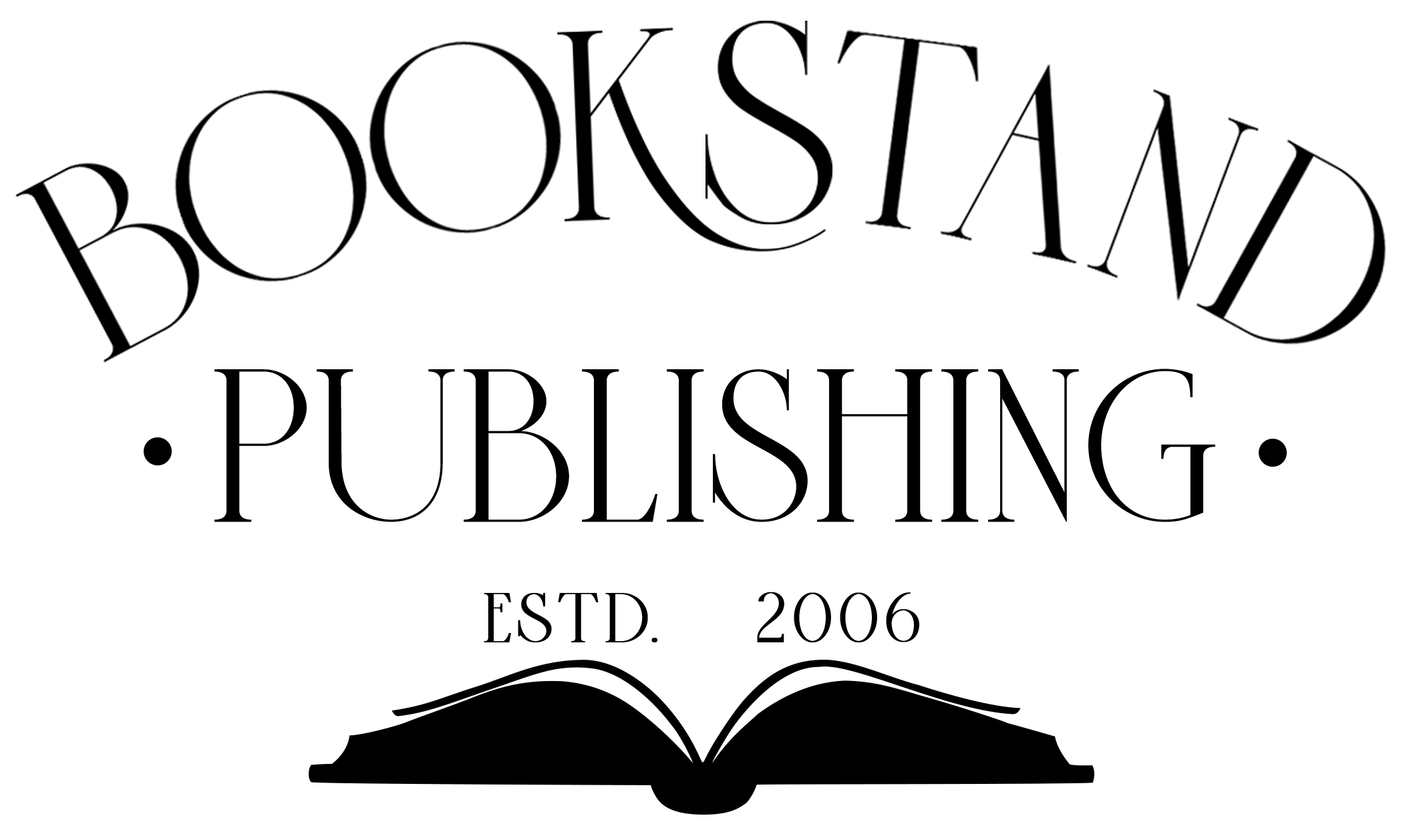
The first step in promoting your book is to develop a marketing plan to sell your book. If you don’t know where you are going, no road will take you there. If you want to sell books, you need to know where you are going; you need to have a plan on how you are going to sell your book.
To develop a basic marketing plan to sell your book, you need to ask yourself four basic questions:
1. Who is my most probable customer for this book?
2. Why should my most probable customer want to buy my book?
3. What do I have to say to my most probable customer to make them want to buy my book?
4. How do I reach my most probable customer?
Answering these questions will help you think like a marketer and will lay the groundwork for implementing your marketing strategies after your book is published. More importantly, answering these questions will help you better plan your book subject matter, your book title and your book description so that when the book is published you can sell it.
Let’s examine each of these fundamental marketing questions.
1. Who is my most probable customer for this book?
You need to identify the most probable customer for your book. You need to do this so you can then target these people in your marketing and promotional efforts. While it may be tempting to believe that the whole world will want your book, from a marketing perspective you need to focus on the people who will most likely actually buy your book. You need to identify the demographics (that is, the objective facts) about your most probable customer. These demographics need to include at least some of the following information:
• Age
• Occupation
• Employment Status
• Income
• Location
• Gender
• Education
• Race/Ethnicity
• Marital Status
• Family Status
• Religion
Once you have this information, you are ready to answer the second marketing question:
2. Why should my most probable customer want to buy my book?
Now you want to get into the head of your most probable customer. What motivates them? When they buy your book, what are they expecting to get out of it? Are they seeking information? If so, what kind of information? Are they seeking excitement? If so, what kind of excitement? Are they seeking escape? If so, how? You are attempting here to understand the emotional psychology, or the psychographic profile, of your most probable reader.
Your answer to this question should be no more than one or two sentences long. Answering it will help you to answer the third question:
3. What do I have to say to my most probable customer to make them want to buy my book?
Your focus here is to determine what you need to say to your customer with:
• Your Book Content: Does the content you are writing appeal to your most probable customer or are you trying to cover too much? Your book content should be focused on what your most probable customer wants. If your most probable customer wants paranormal romance, don’t give them French history. If they want to know how to white water river raft, don’t tell them about your personal struggles with alcoholism. Stay focused on what your customer wants. Many authors make the mistake of trying to say too much because it means something to them. Don’t focus on what you want to say, focus on what your most probable customer want to hear.
• Your Book Title: Your Title needs to appeal to your most probable customer. Ideally, your title should reflect what your most probable customer will use as Search Terms on Amazon and Google since that is the way most books are found today.
• Your Book Description: Your Book Description will, typically, go on the back of your book as well as appear on the websites of online retail stores across the country. It is this description that people will read first in deciding to buy your book. Thus, it needs to be complete and to appeal to your most probable customer. As with the title, your Book Description should include Search Terms that your most probable customer will use to find your book.
• Your Book Cover: While we have always been taught that you shouldn’t judge a book by its cover, the reality is that books are constantly being judged by their covers. As a result, you need to be sure that your cover strongly appeals to your most probable customer. Your book cover will be seen by anyone looking for your book, and so it needs to be compelling to your most probable customer.
• Reviews: It is great if you can get an advance review for your book before it is actually published. This review will be based upon your unpublished manuscript, and the review should be written by someone whom your probable customer looks up to. Once the book is published, of course, you should still seek reviews using the review copies of the book that come with your Book Publishing Package; but advance reviews will be very helpful in marketing your book right out the gate.
4. How do I reach my most probable customer?
After you have produced a book that appeals to your most probable customer, produced a title, book description and book cover compelling to your most probable customer, and obtained advance reviews, you need to make a list containing ways that you can reach your most probable customer. That is, you need to make a list of the websites they visit, the search terms they use, the book categories they browse, the magazines they read, the events they attend, the stores they go to, and the programs they watch and listen to. The demographic profile you produced with Question 1 and the psychographic profile with Question 2 will help you in compiling this list.
Here are some channels for you to consider in reaching your most probable customer:
A. Amazon Categories: What categories of books does your most probable customer look in? This is where you want your book to be posted in Amazon. For most authors the more specific the category the more likely your book is to be noticed (i.e. it is better to be listed under Historical French Romances than Romance).
B. Websites and Blogs: We recommend that you make a list of the top five websites and top five blogs or social networking sites that your most probable customer visits regularly. For each site, you should identify how that site might be able to help you. That is, you need to identify if the site does book reviews, allows article submissions, allows advertising, etc.
Google Search is your best tool for finding websites related to your book’s topic.
C. Facebook and Twitter: We recommend that you find friends on these two very popular social media sites who are interested in the topic of your book. You can search for groups and individuals within these social media sites who have interests related to your book’s topic.
D. Stores: We recommend that you compile a list of the top five brick-and-mortar stores that your most probable customer visits regularly. These can include local bookstores, local gift shops, and specialty stores. They can also include other businesses and community organizations that your target audience regularly frequents, such as gyms, churches, schools, and doctors’ offices.
E. Special Events: Make a list of the special events that your most probable customer is likely to attend. These can include trade shows, conferences, and speaking engagements.
F. Targeted Lists: Identify any lists of postal mailing addresses and/or e-mail addresses targeted to your most probable customer, which you can use to reach them.
G. Print Media: Make a list of the print magazines and newspapers that your most probable customer reads. For marketing purposes, the more targeted the media, the better. In other words, if you’ve written a mystery novel it is usually better to get a book review or place an ad in a mystery magazine than in the local metro paper.
You may want to consult Writers Market, a book released annually by Writers Digest magazine, which lists numerous book and magazine publishers, or www.writersmarket.com, for a list and description of all the specialized magazines that may be of interest to your target market.
H. Broadcast Media: Make a list of your most probable customer’s favorite radio and TV programs. As with print media, the more targeted the media, the better.
Armed with the answers to these four marketing questions, and with your lists of possible channels through which you can reach your target audience you have the foundation with which to build a powerful marketing plan to sell your book.
Article Tags

The first step in promoting your book is to develop a marketing plan to sell your book. If you don’t know where you are going, no road will take you there. If you want to sell books, you need to know where you are going; you need to have a plan on how you are going to sell your book.
To develop a basic marketing plan to sell your book, you need to ask yourself four basic questions:
1. Who is my most probable customer for this book?
2. Why should my most probable customer want to buy my book?
3. What do I have to say to my most probable customer to make them want to buy my book?
4. How do I reach my most probable customer?
Answering these questions will help you think like a marketer and will lay the groundwork for implementing your marketing strategies after your book is published. More importantly, answering these questions will help you better plan your book subject matter, your book title and your book description so that when the book is published you can sell it.
Let’s examine each of these fundamental marketing questions.
1. Who is my most probable customer for this book?
You need to identify the most probable customer for your book. You need to do this so you can then target these people in your marketing and promotional efforts. While it may be tempting to believe that the whole world will want your book, from a marketing perspective you need to focus on the people who will most likely actually buy your book. You need to identify the demographics (that is, the objective facts) about your most probable customer. These demographics need to include at least some of the following information:
• Age
• Occupation
• Employment Status
• Income
• Location
• Gender
• Education
• Race/Ethnicity
• Marital Status
• Family Status
• Religion
Once you have this information, you are ready to answer the second marketing question:
2. Why should my most probable customer want to buy my book?
Now you want to get into the head of your most probable customer. What motivates them? When they buy your book, what are they expecting to get out of it? Are they seeking information? If so, what kind of information? Are they seeking excitement? If so, what kind of excitement? Are they seeking escape? If so, how? You are attempting here to understand the emotional psychology, or the psychographic profile, of your most probable reader.
Your answer to this question should be no more than one or two sentences long. Answering it will help you to answer the third question:
3. What do I have to say to my most probable customer to make them want to buy my book?
Your focus here is to determine what you need to say to your customer with:
• Your Book Content: Does the content you are writing appeal to your most probable customer or are you trying to cover too much? Your book content should be focused on what your most probable customer wants. If your most probable customer wants paranormal romance, don’t give them French history. If they want to know how to white water river raft, don’t tell them about your personal struggles with alcoholism. Stay focused on what your customer wants. Many authors make the mistake of trying to say too much because it means something to them. Don’t focus on what you want to say, focus on what your most probable customer want to hear.
• Your Book Title: Your Title needs to appeal to your most probable customer. Ideally, your title should reflect what your most probable customer will use as Search Terms on Amazon and Google since that is the way most books are found today.
• Your Book Description: Your Book Description will, typically, go on the back of your book as well as appear on the websites of online retail stores across the country. It is this description that people will read first in deciding to buy your book. Thus, it needs to be complete and to appeal to your most probable customer. As with the title, your Book Description should include Search Terms that your most probable customer will use to find your book.
• Your Book Cover: While we have always been taught that you shouldn’t judge a book by its cover, the reality is that books are constantly being judged by their covers. As a result, you need to be sure that your cover strongly appeals to your most probable customer. Your book cover will be seen by anyone looking for your book, and so it needs to be compelling to your most probable customer.
• Reviews: It is great if you can get an advance review for your book before it is actually published. This review will be based upon your unpublished manuscript, and the review should be written by someone whom your probable customer looks up to. Once the book is published, of course, you should still seek reviews using the review copies of the book that come with your Book Publishing Package; but advance reviews will be very helpful in marketing your book right out the gate.
4. How do I reach my most probable customer?
After you have produced a book that appeals to your most probable customer, produced a title, book description and book cover compelling to your most probable customer, and obtained advance reviews, you need to make a list containing ways that you can reach your most probable customer. That is, you need to make a list of the websites they visit, the search terms they use, the book categories they browse, the magazines they read, the events they attend, the stores they go to, and the programs they watch and listen to. The demographic profile you produced with Question 1 and the psychographic profile with Question 2 will help you in compiling this list.
Here are some channels for you to consider in reaching your most probable customer:
A. Amazon Categories: What categories of books does your most probable customer look in? This is where you want your book to be posted in Amazon. For most authors the more specific the category the more likely your book is to be noticed (i.e. it is better to be listed under Historical French Romances than Romance).
B. Websites and Blogs: We recommend that you make a list of the top five websites and top five blogs or social networking sites that your most probable customer visits regularly. For each site, you should identify how that site might be able to help you. That is, you need to identify if the site does book reviews, allows article submissions, allows advertising, etc.
Google Search is your best tool for finding websites related to your book’s topic.
C. Facebook and Twitter: We recommend that you find friends on these two very popular social media sites who are interested in the topic of your book. You can search for groups and individuals within these social media sites who have interests related to your book’s topic.
D. Stores: We recommend that you compile a list of the top five brick-and-mortar stores that your most probable customer visits regularly. These can include local bookstores, local gift shops, and specialty stores. They can also include other businesses and community organizations that your target audience regularly frequents, such as gyms, churches, schools, and doctors’ offices.
E. Special Events: Make a list of the special events that your most probable customer is likely to attend. These can include trade shows, conferences, and speaking engagements.
F. Targeted Lists: Identify any lists of postal mailing addresses and/or e-mail addresses targeted to your most probable customer, which you can use to reach them.
G. Print Media: Make a list of the print magazines and newspapers that your most probable customer reads. For marketing purposes, the more targeted the media, the better. In other words, if you’ve written a mystery novel it is usually better to get a book review or place an ad in a mystery magazine than in the local metro paper.
You may want to consult Writers Market, a book released annually by Writers Digest magazine, which lists numerous book and magazine publishers, or www.writersmarket.com, for a list and description of all the specialized magazines that may be of interest to your target market.
H. Broadcast Media: Make a list of your most probable customer’s favorite radio and TV programs. As with print media, the more targeted the media, the better.
Armed with the answers to these four marketing questions, and with your lists of possible channels through which you can reach your target audience you have the foundation with which to build a powerful marketing plan to sell your book.




